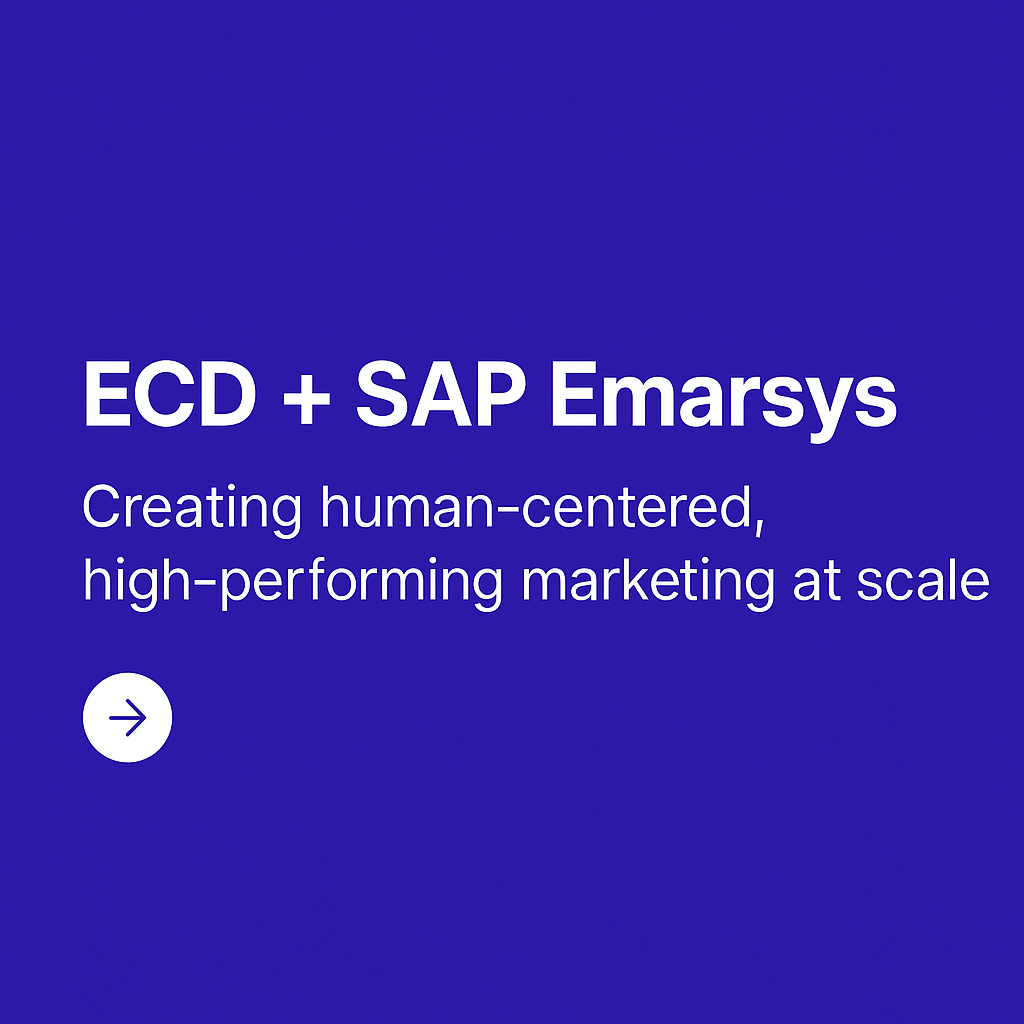What Is Human-Centred Design, and How Should You Be Using It?
Ever come across a website that was too clever for its own good? One where the process of navigating around was unnecessarily complicated and frustrating? Or an app that’s too slow, or confusing, or clunky to use effectively?
Human-centred design (HCD) is the opposite of those things. It helps us design products that delight end users and make their lives easier.
In this article, we’ll explain exactly what human-centred design is, and discuss how we put it into practice.
What is Human-Centred Design?
Human-centred design principles have been espoused by some of the biggest names and institutions in the design world. It was enthusiastically endorsed by Nobel Prize laureate Herbert Simon and taught by the prestigious Hasso Plattner Institute of Design at Stanford University.
At its heart, HCD is really pretty simple. It’s all about taking a view of the user so you can truly appreciate their perspective and adopt a customer-centred approach to the entire product experience.
Importantly, HCD definitely isn’t about “making things look pretty”. Sure, visual design is a key element of effective human-centred design, but it’s about much more than that. It helps us solve creative problems, create beautiful and meaningful user experiences, and drive engagement and conversion.
The principles of HCD apply across the whole spectrum of design. Ultimately, all design should be human centred — because users are human beings.
How to Use Human-Centred Design Principles
Just because we’re all humans, that doesn’t mean human-centred design is easy to implement. It requires deep empathy for the user borne out of extensive research, plus the ability to translate that empathy and research into real-world products and services. What’s more, it requires us to constantly evolve our designs in line with user feedback.
In all, there are six key phases of the HCD process:
Phase 1: Observation
To put humans at the centre of the design process, we first need to understand the people for whom we’re designing. If our work is based on nothing more than guesswork, it’s not human-centred design.
As such, the starting point for any HCD process is to observe — and learn from — the habits and behaviours of real-world end users. In particular, this phase is about identifying their pain points and the things they currently struggle to do.
This is also where deep empathy comes in. As well as simply defining those pain points and struggles, we need to put ourselves in the end user’s shoes, understanding what they experience when they use a product or service, and how that makes them feel.
Phase 2: Ideation
Now that we understand the user, we can start to come up with potential solutions to the challenges they’re facing.
It might sound like a cliche, but there’s no such thing as a bad idea at this stage — it’s all about coming up with as many potential approaches or solutions as possible.
However, it’s important to keep the research we carried out in phase one front of mind to ensure that all ideas are ultimately geared toward meeting the needs of the end user.
Phase 3: Rapid Prototyping
User feedback is vital to the human-centred design process. But it’s much easier to give helpful feedback on a prototype — however rough and ready — than on an idea or abstract concept.
That’s why phase three involves building quick, simple prototypes — something that can bring our ideas to life for the end user.
These prototypes don’t need to be attractive, or even particularly functional. It just needs to demonstrate your product in a way that allows users to provide meaningful insight.
Phase 4: User Feedback
The single most important step in the whole HCD process, phase four is our first opportunity to gauge people’s reactions to our product (or, at least, to the simple prototype we’ve created).
Without this step, we simply have no way of knowing whether our solution is along the right lines, which in turn makes it impossible to improve on our initial ideas. We could be heading up a blind alley without even realising it.
Phase 5: Iteration
Chances are, that initial prototype won’t be 100% to everyone’s liking. There will probably be some key issues we overlooked, or simple improvements we can make. In some circumstances, we may even need to rip the whole thing up and start again from scratch. That’s fine.
While the iteration process is technically the fifth phrase of the HCD cycle, in reality it’s often multiple phases of back-and-forth. We get feedback from the end user, take those comments onboard, make changes to our design, then seek out further feedback. This is a good thing, because each iteration gives us an opportunity to learn something new.
Only when we’ve taken the appropriate action off the back of all that feedback, are we ready to move onto the final phase.
Phase 6: Implementation
By this phase, it’s clear that our solution works, in that it’s useful to the end user, and solves real-world problems.
Now, it’s time to build the final version of our rough prototype and launch it.
However, this isn’t always the end of the story. For digital products — like apps, software, and websites — HCD is more of a cycle than an end-to-end process.
Once the “final” version launches, it’s time to return to phase one, observing user behaviour, coming up with new ideas to improve their experience, building new prototypes, and gathering even more feedback.
Latest thoughts & insights
Sydney
6 Middlemiss Street,
Lavender Bay 2060. Sydney
Peregian Beach
253-255 David Low Way,
Peregian Beach QLD 4573


